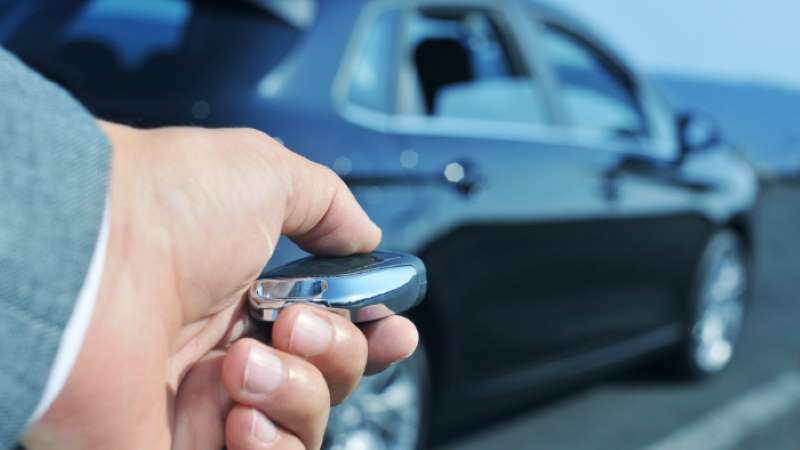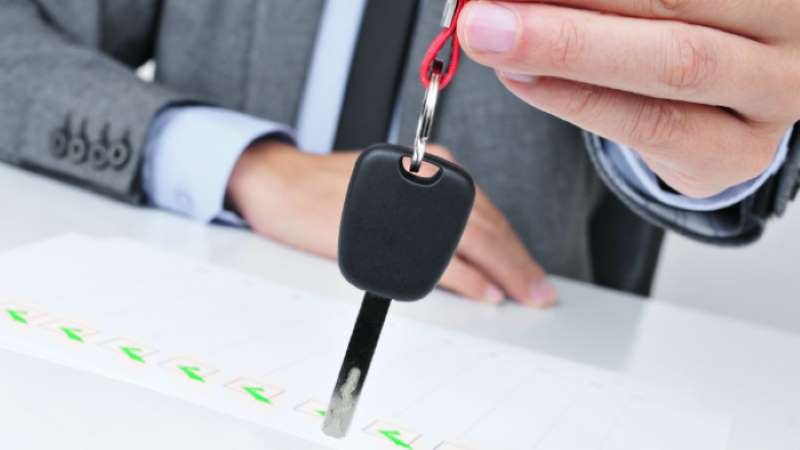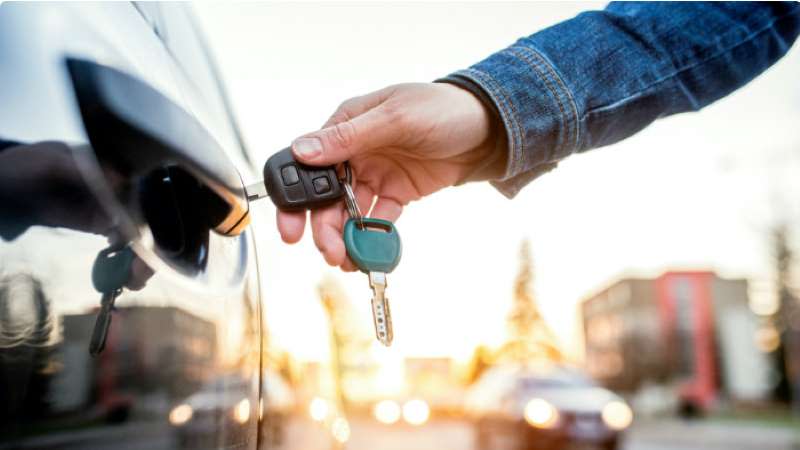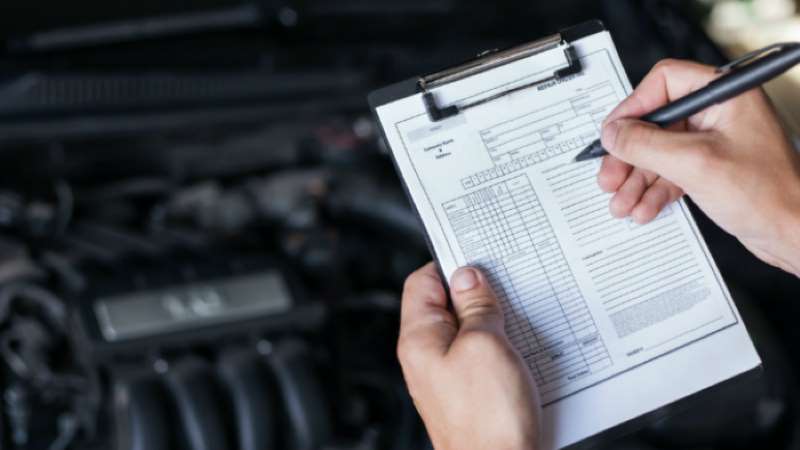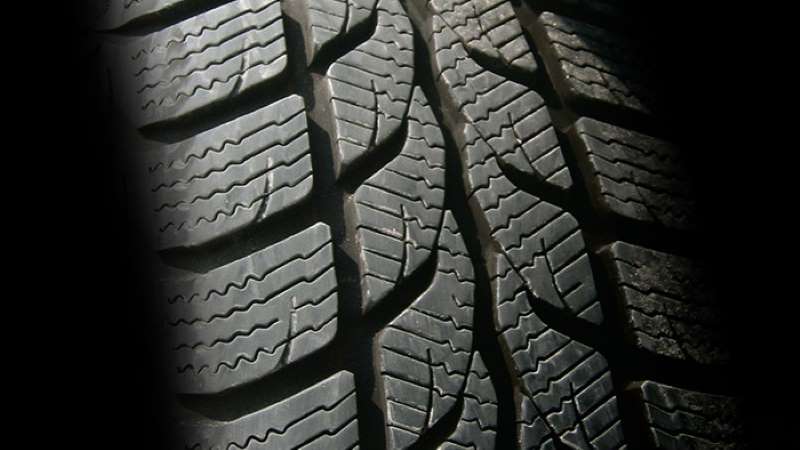Car Leasing
Guides - How It
Works, Lease Or
Buy And More
Leasing Guides
Leasing a car for personal or business use can seem complicated if it's the first time you've thought about doing it. At Vanarama, we want to make leasing a brand new car as simple as possible - you'll find all of the information & advice you might need in our collection of easy-to-understand guides to leasing.We’ll walk you through what you need to take out a car lease such as the documents and your personal details to help get you behind the wheel of a brand-new car.
Thinking about leasing a car? We explain what an initial payment is on your lease vehicle and how the price affects the overall cost of your leasing contract.
In this guide, we’ll walk you through leasing and financing a vehicle and the key differences between them.
Find out the best time to lease a car and get the best offers. We cover the key considerations for saving money and finding the right car when leasing.
Business car leasing offers all the draws of personal leasing – such as driving the latest models for a fixed monthly cost – but with the added benefit of tax savings.
Find out what credit score you need to lease a car and the best ways to improve your chances of being accepted.
Find out how you can lease a car if you have poor credit and find out how you can improve your chances of being accepted
Confusion over excess mileage charges? Everything you need to know is in our easy to understand guide...
What determines 'fair' wear and tear? And, who decides whether your car is in a good enough state or not?
First time leasing? Find out how easy it is to return your vehicles and upgrade to a brand new one at the end of your contract
Our helpful guide explains what business and personal leasing is and why business leasing has cheaper monthly payments.


